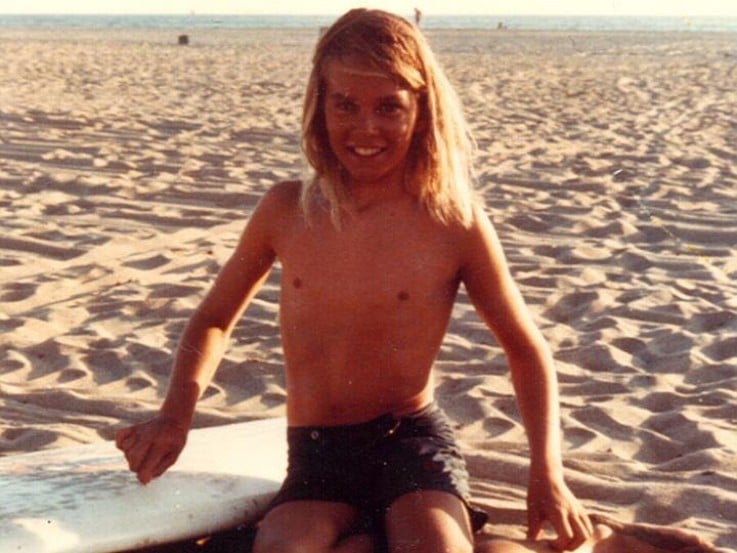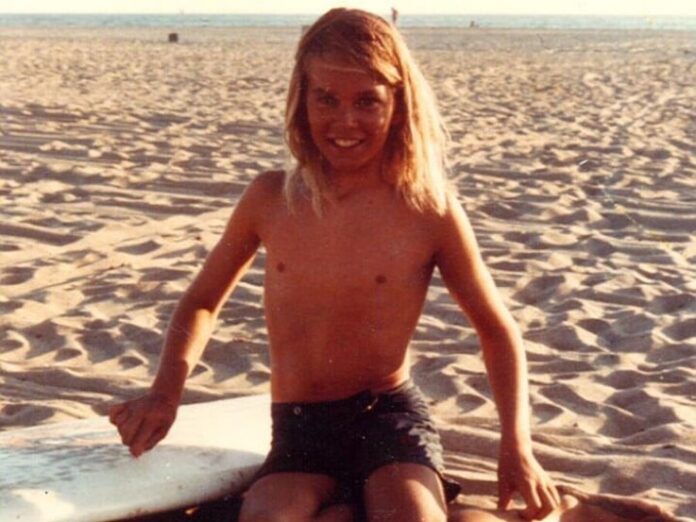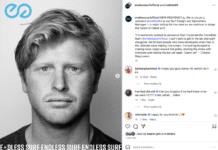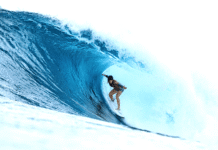
Sometime last summer, an email appeared in my inbox.
Would you like to write a profile of Matt Warshaw for Emocean magazine?
It took me exactly five seconds to reply. Yes, of course, I would like to write a profile of Matt.
The story is available now in Devotion, Emocean’s fourth issue.
View this post on Instagram
It has been a joy to work with the crew at Emocean, who love surfing and making print media as much as anyone I’ve ever met.
I’d love to see the magazine thrive. If you’d like to buy a copy, and I feel like you most definitely do, you can buy it here.
I feel like Matt does not need much of an introduction to you.
He is surfing’s devoted historian and spends his days in Seattle sifting through the ruins of our strange and beautiful past time. He says he’s motivated by an effort to assign meaning to his own story and to understand why he’s spent so many hours of life obsessed with riding waves.
How did he arrive here?
Matt’s life has intersected so many interesting characters and places in surfing. Matt learned to surf in Venice Beach with Jay Adams, competed in the first Katin Pro/Am, edited Surfer Magazine — and that was just the beginning.
Here’s a short excerpt from the longer profile.
When Warshaw went to work for Surfer in 1985, he arrived during a surf media golden age. “It was a really wild and fun period,” says Jamie Brisick, who was a pro surfer at the time. “This was the period of Tom Curren, Tom Carroll, and Mark Occhilupo — the surfers were still characters.”
Advertising money flowed, and the magazine was fat with the work of writers such as Derek Hynd and Dave Parmenter and photographers such as Jeff Divine and Art Brewer. “Had he been the editor at a different time, he might have come out of it a different person,” says Brisick.
Shelved in publisher Steve Pezman’s office were bound copies of the entire run of the magazine. Warshaw read them all from start to finish. “I wanted to absorb it completely. I wanted it to come through my eyes, my skin, and my blood, and my hands,” he says. “I’m not a fast learner, but I never don’t get better.” Soon Warshaw was managing editor at Surfer.
When he made editor-in-chief, Warshaw’s future in the surf media looked assured. He was less certain. His younger brother Chris had traveled widely and gone to the University of Chicago.
All Warshaw had ever done was surf.
“There is a real risk of intellectual suffocation in surfing,” says Lewis Samuels, who wrote the widely read blog PostSurf and was a senior writer at Surfer. “I think you’re more likely to suffer some form of intellectual suffocation than to die from drowning.”
In a long-shot move, Warshaw applied to UC Berkeley. To his surprise, they agreed to admit him as a junior after adding up the miscellaneous credits he’d accumulated.
Walking up the trail at Trestles one evening, Warshaw encountered Sam George, who wrote for Surfing and had somehow learned of Warshaw’s disaffection.
He tried to change Warsaw’s mind.
“You’re the fucking leader of the free world! You’re the editor of Surfer Magazine,” George recalls saying. “What is wrong with you? Revel in this!” But George was too late.
In many ways, Warshaw had already left.
Not long after that conversation, Warshaw sold the house he had bought near T- Street and packed his bags. He had been editor of Surfer for just five months.
In January 1991 at age 30, he arrived in Berkeley to pouring rain.
The post Meet the brave little “aqua-boy” who grew up to become surfing’s cultural heart-beat, “I wanted it to come through my eyes, my skin, and my blood, and my hands!” appeared first on BeachGrit.





